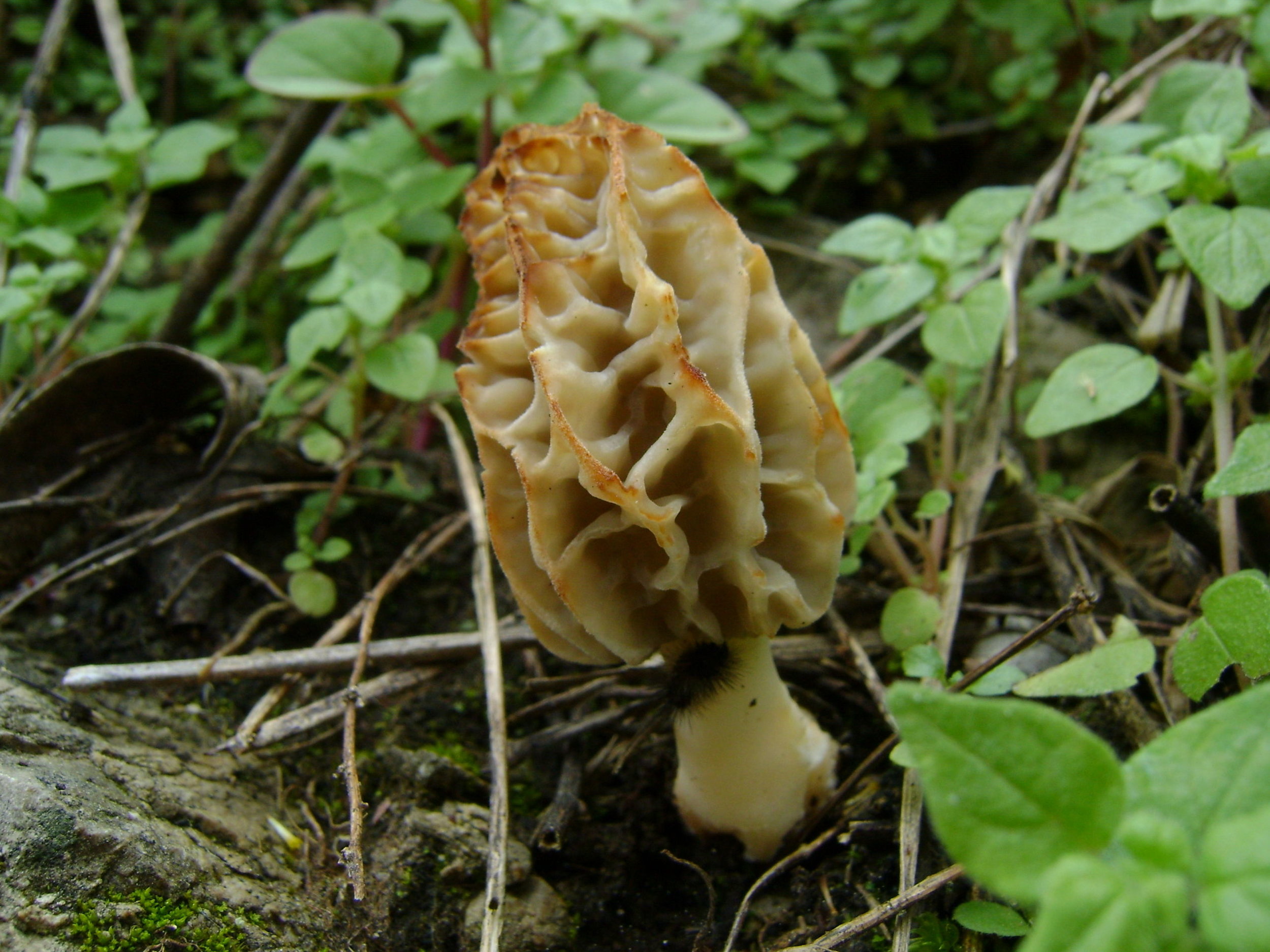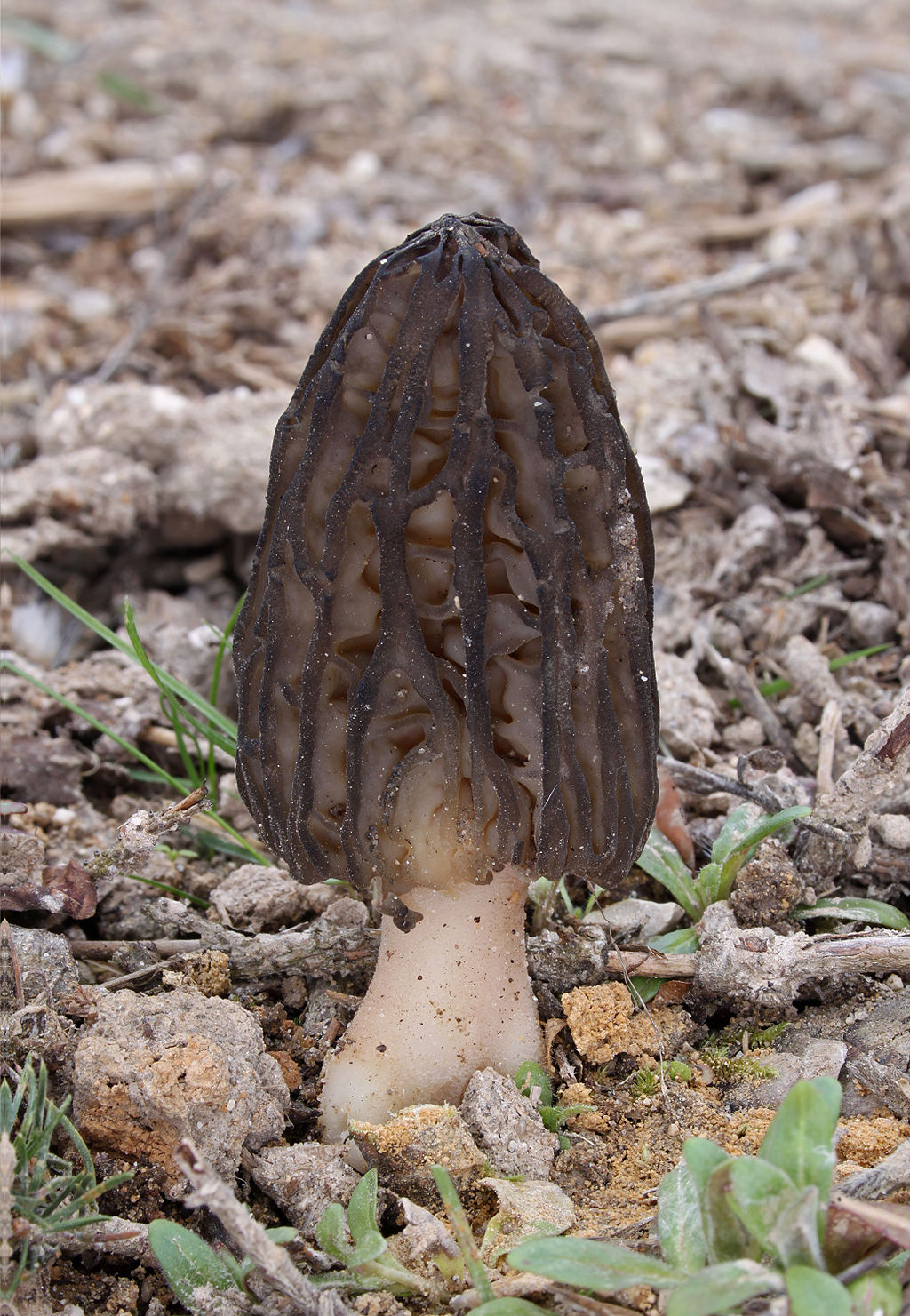Morels are the spring trophies of the forest floor. Finding a patch of these beauties is a thrilling experience to say the least. For one, they are strikingly good-looking. Additionally, morels are also some of the most delicious morsels you can forage in temperate forests around the world. They are also pretty mysterious which has led to their inability to become cultivated. For these reasons, this is one of my favorite genera of cup fungus (Ascomycota).
When you here the term ‘cup fungus’, it has nothing to do with the shape of the actual fruiting body, (although some species within the division Ascomycota are shaped like small cups) but the way its spores are formed. An ascus is the elongated cell structure that tightly contains maturing spores. In most cases, an ascus contains eight spores. The word ascus (plural asci) comes from the greek ảskós which means ‘skin bag’ or ‘sac’. When the perfect conditions arise, the spores are forcefully released from the ascus, enter and upwelling of air current which can then carry them several miles away.
Asci and ascospores, of Morchella elata. By Peter G. Werner.
The seventy plus species within the genus Morchella are divided into three major clades-the white, yellow, and black morels. This has stood for quite some time, but as you will eventually find out, fungal phylogeny is always being rearranged (to the point of frustration). New genetic evidence lead by Michael Kuo, describes a new clade of morel that differs not only genetically, but ecologically.
Morchella tomentosa or the grey morel is unique in the fact it only surfaces after a forest fire. Unlike other species of morel, the grey morel grows from a hardy, bulb like structure of densely packed mycelium under the soil surface called a sclerotia. Because most forest fires are put out, fire associated organisms are becoming rarer. Prescribed fires are combating the loss of these species, but they are still widely under threat. Fire is an important disturbance that many species depend on, from seed germination, to the formation of grey morels. We must remember that forest fires have been around far longer than humans, and without them the forest floor will support fewer species.






